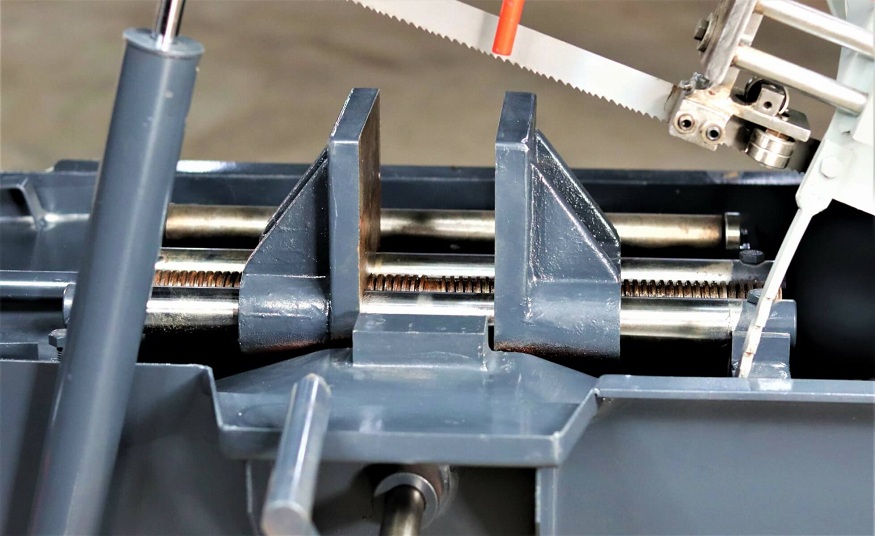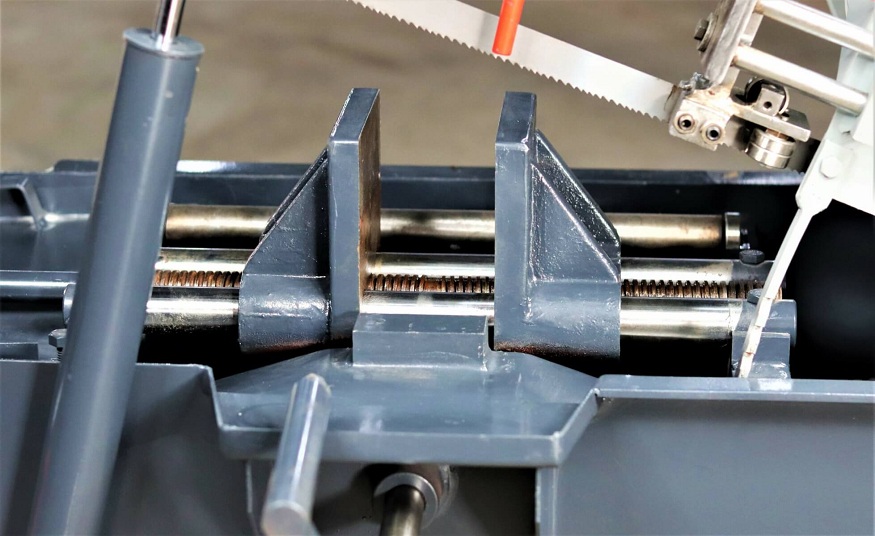The process of cutting metal is critical in numerous sectors, spanning from manufacturing to automobiles to construction. Selecting an appropriate metal cutting device guarantees accuracy, efficiency, and affordability. Given that there are a lot of options to choose from, making the right decision could be a hard task. In this context, we will explore the key considerations to make when choosing a metal cutting machine tools that best suits your needs.

Understanding metal cutting machines
Specialized metal cutting machines can be used to accurately cut out various pieces made of steel. Each of these forms is tailored to meet individual needs. The three primary types of metal-cutting machines are:
- Laser Cutting Machines: These machines utilize a high-powered laser to enable high precision and intricate cutting that is viable for a variety of materials and thicknesses.
- Waterjet Cutting Machines: The process is a cold cutting one since it utilizes a high-pressure water stream combined with abrasive particles, and there are no heat-affected zones.
- Plasma Cutting Machines: These machines heat and melt metal using ionized gas, making them ideal for electrically conductive materials and offering fast and inexpensive methods.
In selecting a metal cutting machine, there are some things you should consider.
Material and Thickness
The selection of metal and its thickness is very important, as it determines what cutting machine will be used. Laser-cut machines are flexible enough to handle various kinds of materials with different thicknesses. They are very good at working with complex designs and different types of metals. Nevertheless, there is no better solution than plasma cutting machines for cutting heavier metals. However, waterjet cutting should be the best choice for materials sensitive to heat, as it applies a cold-cutting technology that doesn’t give room for distortion or alteration.
Precision and accuracy
For some precise cutting jobs, precision is an important factor. Laser cutting has always been associated with high precision when producing highly detailed designs. The waterjet cutting machines are also highly precise, meeting very strict accuracy standards. Nevertheless, plasma cutting can be slightly less precise but faster, so it may be more suitable for applications requiring speed over ultimate precision.
Operating costs and maintenance
In this regard, an assessment of total operation costs and maintenance must be considered. Maintenance of gas and optics for laser cutting machines may lead to high maintenance costs. However, plasma cutting machines may have a low capital cost but a comparatively high consumable cost in the long run. The water jet cutting machine requires a higher initial expenditure; however, these machines offer low operational expenses in the long run.
Speed and productivity
The cutting rate has a tremendous impact on overall productivity in the industry. Plasma cutting machines are quite well known for cutting quickly, making them ideal for mass production situations. Laser cutting machines are also very fast and provide a great level of productivity. Although waterjet cutting is precise, it could be relatively slow in order to get more accurate cuts.
Environmental Impact
However, the cutting process has significant environmental implications. Laser and plasma cutting processes lead to the generation of fumes and gases, which therefore demand proper ventilation in order to ensure a healthy atmosphere at the workplace. On the other hand, waterjet cutting, as a cold-cutting method, does not produce hazardous fumes, thereby significantly reducing the environmental impact.
Available space and installation requirements
The availability of space and the requirement to install are key considerations when making the decision. Waterjet machines usually require more than laser or plasma-cutting machines. This could be more significant because of their complex pump systems and additional requirement for water tank size, which can significantly affect spatial issues as well as installation planning.
Versatility and adaptability
It is critical for a metal cutting machine to be flexible, considering the broad range of cutting methods and materials it can handle. Adaptability to different materials and cutting procedures makes laser cutting machines suitable for many uses. Nevertheless, plasma cutting machines are not as flexible when it comes to manipulating complicated designs. Waterjet cutting may be effective in avoiding heat-related problems; however, it can face challenges in some specific applications because of its lack of precision and slowness.
Cutting Quality and Edge Finish
The selection of these types of wood is determined by their quality cuts as well as the finish on each side of the edge. Laser cuts usually produce tidy and accurate edges without a finishing process. Even if plasma cutting leaves somewhat rough cuts at the end, the method is perfectly acceptable for many applications, including those that do not demand very fine finishes. Waterjet cutting usually provides clean edges, resulting in excellent finished products, especially for industries that require high-quality specifications.
Automation and software integration
Automation and compatibility with software systems can simplify production procedures. Software systems are also able to combine with laser cutting machines; hence, they enhance automation, precision, and complicated pattern designs. However, automation may be a feature in some plasma cutting machines, though they could be less compatible with advanced software systems. Although accurate, waterjet cutting might be limited in its automation potential since adjusting to different material densities and compositions can be difficult.
Industry-Specific Requirements
Various industries have unique requirements and laws that dictate the application of metal-cutting machines. For example, the aerospace industry would perhaps opt for laser or waterjet cutting approaches because of their precision and high quality.
On the other hand, the auto industry, emphasizing speed as well as mass production, probably has a preference for plasma cutting. A good understanding of your industry’s peculiar needs ensures that your machine is tailor-made to meet the unique demands and guidelines of your industry.
Conclusion
For instance, you will need to assess your precise needs in terms of choosing the appropriate metal cutting machine, including the kind of metals, their thicknesses, accuracy needs, operation costs, productivity needs, the environment, and the existing space available.} Taking note of these elements will help you make a conscious choice about their impact on your company.
At the end of it all, know what you want and choose features such as raw materials, accuracy, operational costs, production, environmental issues, and spacing, among others. This will help you make an informed decision, and consequently, you will be able to improve your performance and profits.

